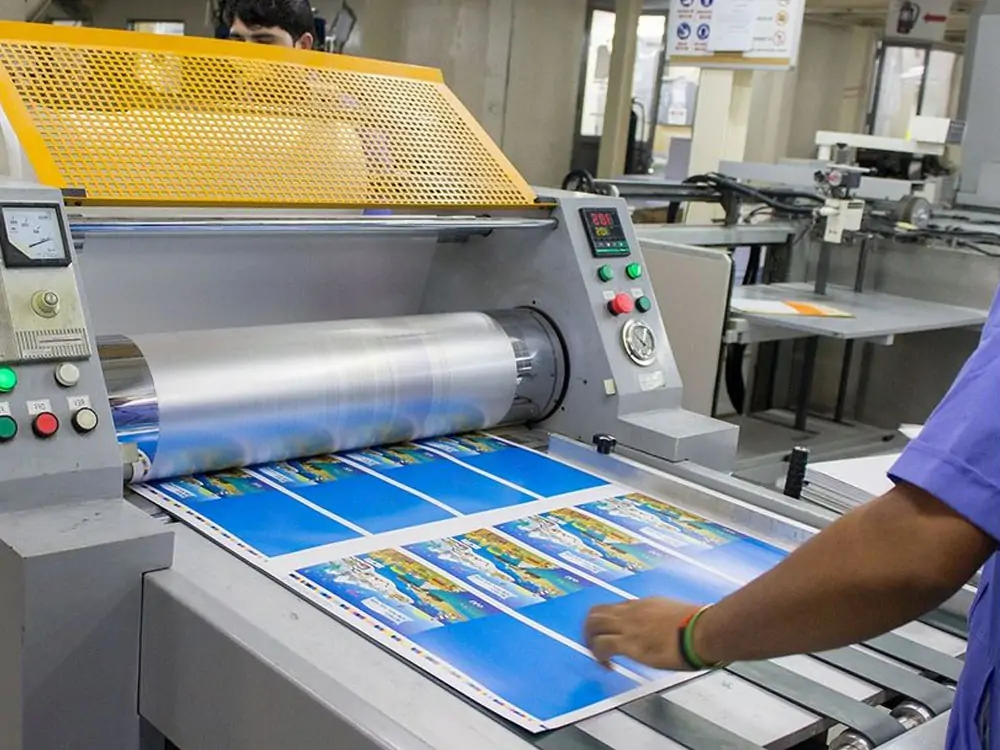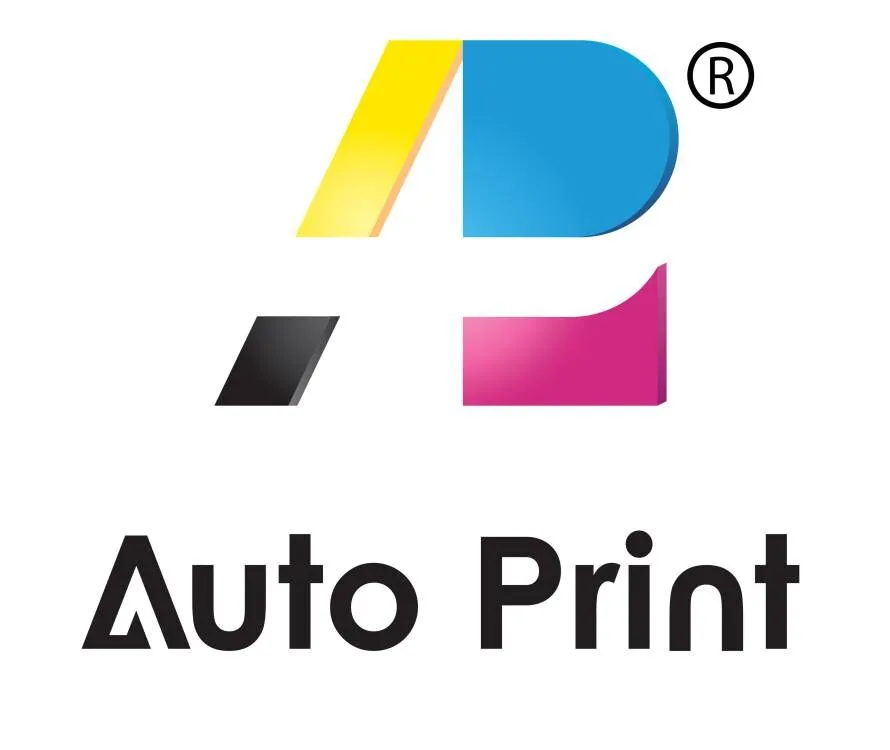Printing machines are the backbone of various industries. These include publishing and packaging. They also include textiles and manufacturing. These groundbreaking creations have become tools for businesses worldwide, labels, and packaging. But, like any mechanical device, printing machines can face issues that disrupt operations. This will affect productivity. Common problems that printing machines face can have practical solutions to resolve them. These can ensure printing operations remain smooth.
In this article, we will introduce our customers to the problems they often encounter when operating a printing press. For these problems, we will show you how to solve them. Keep reading!
Understanding The Importance of Printing Machine Maintenance
It’s crucial to underscore the significance of regular maintenance. Printing machines need attention to keep them running in optimal condition. Preventive measures can go a long way in avoiding common issues. This can extend the lifespan of your printing machine. Regular cleaning, lubrication, and inspections can help identify potential problems. This is before they escalate into major disruptions. Some of the most frequent printing machine issues can be easy-to-follow solutions.

Printing Machine Issues And Solutions
Paper Jams
Issue
One of the most common problems encountered in printing machines is paper jams. When paper gets entangled within the printer, it causes delays but can also lead to damage to the machine.
Solutions
- Clearing the Jam: Turn Off and Unplug. Always focus on safety. Turn off the printer and unplug it from the power source.
- Follow Manufacturer’s Instructions: Remove the jammed paper by following the manufacturer’s instructions. Take your time to ensure that no torn bits of paper are inside, as these can trigger future jams.
- Use Quality Paper
- Choose Compatible Paper: Always use quality paper that is compatible with the printer. This is to prevent future jams. Cheap or damaged paper can increase the likelihood of jams.
- Proper Loading
- Align Paper Correctly: Ensure that you load the paper aligning it with the guidelines. Overfilling the printer tray can also lead to jams, so be mindful of the paper capacity.
- Regular Cleaning
- Dust and Debris Removal: Dust and debris can accumulate over time. Make it a routine to clean the paper feed rollers and other components inside the printer. Regular cleaning can prevent jams and improve printing performance.
Print Quality
Issue
Print quality problems Include faded prints, streaks, or smudges. They can be frustrating and negatively impact the professionalism of your documents.
Solutions
- Check Toner or Ink Levels
- Replace Depleted Cartridges: Low toner or ink levels can lead to faded prints. Replace the cartridge promptly if it is running low.
- Clean Print Heads
- For Inkjet Printers: When using an inkjet printer, clean the print heads to remove dried ink. Follow the manufacturer’s instructions for the cleaning process, which is typically forward.
- Adjust Print Settings: Always optimize Settings. Ensure that you’ve selected the correct print settings in your software. Choosing the appropriate print quality and paper type can significantly improve print quality. Experiment with different settings to find the best configuration for your specific needs.
- Inspect Paper Quality: Always use recommended Paper. Poor paper quality can lead to smudging and streaking. Always use the paper recommended for your printer to ensure the best print results.
Slow Printing Speed
Issue
Printing machines can significantly slow down. This can hamper productivity and cause frustration.
Solutions
- Check Connectivity: Inspect Connections: Ensure the printer is properly connected to your computer or network. A loose or faulty connection can significantly impede printing speed.
- Driver Updates: Stay Current: Make sure you have the latest printer drivers installed. Manufacturers often release updates that optimize performance. Visit the manufacturer’s website to download and install the latest drivers if needed.
- Reduce Print Resolution: Balancing Quality and Speed: If print quality is not the primary concern for a print job, consider reducing it. The print resolution. Lowering the resolution can increase printing speed while maintaining acceptable print quality.
- Network Troubleshooting: Diagnose Network Issues: When using a network printer, check your network for issues. This might be slowing down data transfer. Ensure that your network infrastructure can handle the demands of your printing operations.
Printer Not Responding
Issue
Your printer may not respond to print commands from your computer. This may leave one unable to print.
Solutions
- Check Power And Connections: Ensure that the printer is powered on. Also, connect properly to your computer. Or network. It may sound simple, but sometimes, loose cables can be the root of the problem.
- Restart Printer And Computer: A restart of the printer and computer can resolve communication issues. This quick action can often reset the connection glitches.
- Update Drivers: Outdated or incompatible drivers can cause unresponsiveness. Regularly check for driver updates and install them as needed. This proactive approach can prevent potential issues from arising.
- Check For Error Messages: Examine the printer’s display or software for error messages. These messages can provide valuable insights into the problem towards a solution. Don’t ignore error messages; they are your printer’s way of communicating with you.
Ghosting
Issue
Ghosting occurs when faint, unwanted images or text from a previous page appear on a new printout. This blurs the quality of your documents.
Solutions
- Replace the Drum or Toner Cartridge: Ghosting is often caused by a worn-out drum or toner cartridge. Replacing these components with fresh ones can eliminate the issue.
- Adjust Printer Settings: Some printers allow you to adjust the fuser temperature. Experiment with these settings to find the optimal temperature. It can help reduce ghosting without compromising print quality.
- Avoid Overloading: Overloading the printer with many print jobs can lead to ghosting. To avoid this issue, print one document at a time. This not only prevents ghosting. It can also help in maintaining the printer’s full performance.
Wrinkled or Curled Paper
Issue
Printed paper may come out of the printer wrinkled or curled. This makes it difficult to handle and present professionally.
Solutions
- Use Suitable Paper: This is a question of compatibility. Ensure that you’re using paper that is compatible with your printer. Paper designed for laser printers differs from that designed for inkjet printers. It is good to choose the right type accordingly.
- Store Paper Properly: Improper storage of paper can lead to moisture absorption, causing wrinkling. Store paper in a dry, cool place, away from direct sunlight and extreme humidity.
- Adjust Printer Settings: Modify the printer settings to specify the paper you are using. This ensures that the printer applies the appropriate heat during the printing process. It reduces the likelihood of paper wrinkling or curling.
Network Printing Problems
Issue
When using network printer, one can encounter issues with connectivity and printing. Which can disrupt your workflow and cause frustration among users.
Solutions
- Check Network Connection
(1)Physical Inspection: Ensure that the network printer is connected to the network properly. Check all cables and connections to verify that they are secure and undamaged.
(2)IP Address: Confirm that the printer has a valid IP address assigned. Ensure the IP address is correct with other devices on the network. This is to avoid printing problems.
(3)Network Status: Monitor the network status of the printer through its software. Look for any network-related error messages that may provide insights into connectivity issues. - Firewall and Security Settings
(1)Firewall Configuration: The computer’s firewall or security software may be blocking the printer’s communication. Check firewall settings and create an exception to allow traffic to and from the IP address.
(2)Security Protocols: Security protocols on the network should be compatible with the printer. Some printers may require specific security settings to establish a connection.
(3)Password Authentication: verify that the correct credentials are entered. This is if your network printer supports password authentication. - Printer Sharing
(1)Confirm Sharing Settings: Multiple users share the same network printer. Always confirm that printer-sharing settings are configured correctly. Ensure that the printer is shared with appropriate permissions.
(2)Guest Access: If needed, set up guest access for users who don’t require full access to the printer. This can help in managing the printer’s resources efficiently. - Network Troubleshooting Tools
(1)Diagnostic Tools: Use network troubleshooting tools provided by your printer’s manufacturer. This is to identify and resolve network-related issues. These tools can help pinpoint the source of the problem, whether it’s related to hardware, software, or network configuration.
(2)Contact IT Support: If unable to resolve network printing problems on your own, don’t hesitate to contact the support team. They can provide advanced assistance, diagnose complex network issues, and implement solutions to ensure seamless printing.

Conclusion
Printing machines are indispensable tools in today’s fast-paced business environment. Like any machinery, they can encounter problems that disrupt operations and affect productivity. Regular maintenance can keep your printing machines running smoothly.
We explored various printing machine issues. These are paper jams, print quality problems, slow printing speed, and ghosting. We also offered practical solutions to each. We have delved into network printing problems and provided solutions to connectivity issues. Following these solutions helps adopt a proactive approach to maintenance and troubleshooting. Ensure that your printing machines remain productive assets for your business needs.
Remember, a well-maintained printer is a productive printer. Addressing issues promptly can save you time, money, and frustration in the long run. If you have any questions about it, contact us.
